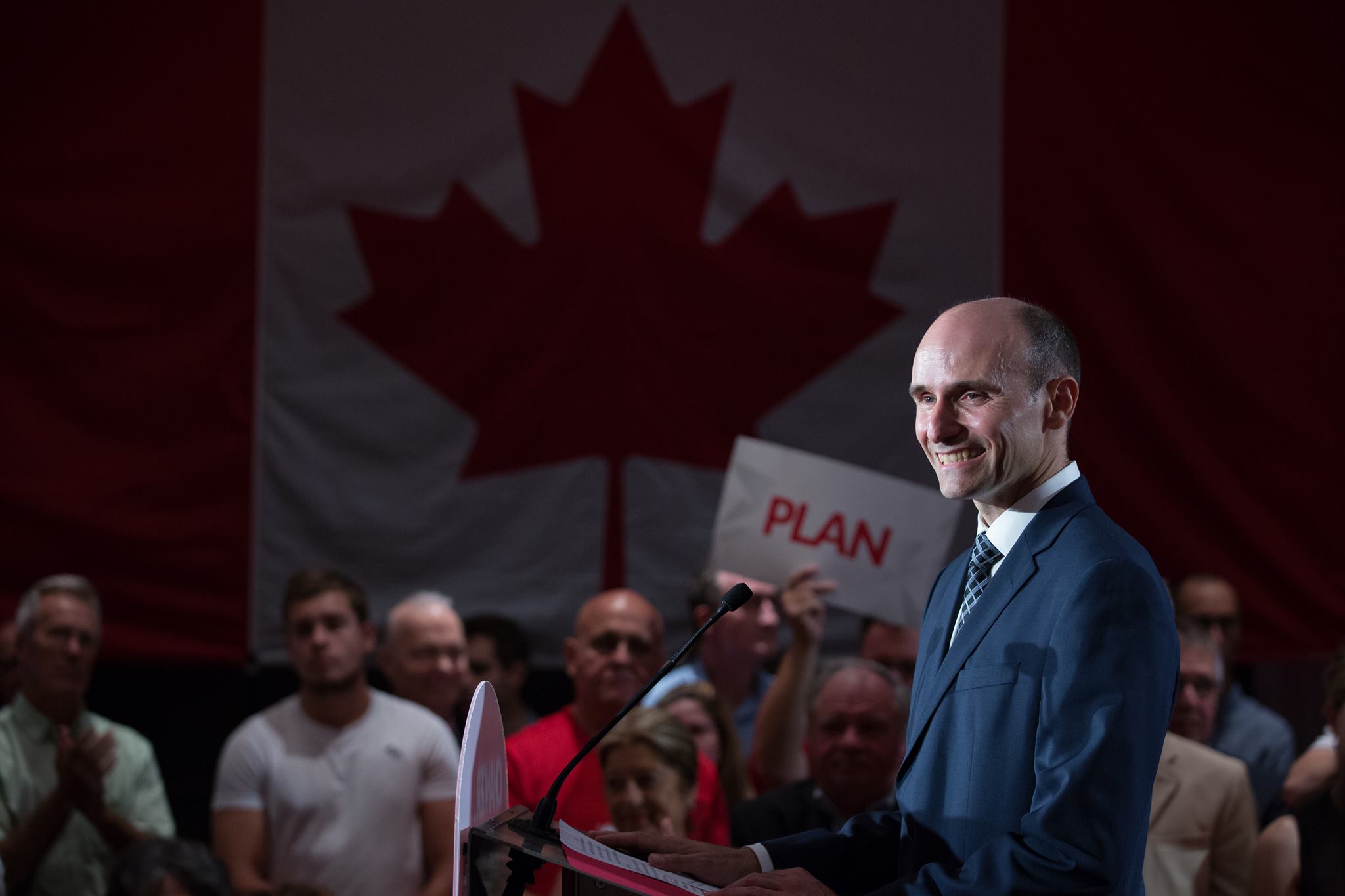
OTTAWA — The Liberals are looking beyond the bureaucracy to figure out how to spend more than $1 billion in uncollected benefits meant to help low-income families save for their children’s post-secondary education.
Federal officials have tried for years, with only limited success, to boost take-up of the Canada Learning Bond, which gives up to $2,000 to a registered education savings plan (RESP) for eligible children.
An estimated 1.8 million children don’t receive the benefit — about two-thirds of those eligible — while the government estimates that at least $900 million in available program funds are going unclaimed.
The most recent attempt to cut those numbers was a “nudging” trial that made small changes to the letters family receive about the benefit. The results led to a small bump in uptake: about four per cent for those who received personalized letters, or roughly $1.18 million more in benefits than would have otherwise been paid out over the seven-month test.
A report on the trial, obtained by The Canadian Press under the Access to Information Act, said that low-income families are “sensitive to nudges. However, we haven’t found the ones that increase uptake yet.”
The Liberals plan to spend $7 million over three years, starting mid-2018, on a way to spend that untapped cash. A further $5 million will be spent starting in mid-2021, all of it going to fund community projects to boost take up rates.
Federal officials say the findings from the first wave of spending may help solve low take up in other benefit programs aimed at low-income families, including the Working Income Tax Benefit, which the Liberals plan to expand in 2019, the Canada Child Benefit, and help in the development of a proposed housing benefit for low-income tenants that won’t be available until 2021.
The hurdles to increasing take-up of the existing benefits and tax credit stem from similar issues outlined in other government documents: getting low-income and Indigenous families to file a complete tax return, a necessary step in order to collect the Canada child benefit, the working income tax benefit and the Canada Learning Bond.
On the tax benefit, Finance Department officials in June wrote in an internal memo that said “lack of awareness of the credit” and the “complexity of the application process” were the most likely culprits for $175 million in unpaid benefits to about 240,000 low-income workers.
On the child benefit, a pair of research reports for the Canada Revenue Agency, which cost about $245,000, concluded some Indigenous Peoples didn’t believe they had to file taxes; those who did found the forms difficult to understand or even access.
With the learning bond, there are other issues: getting the necessary documents to open an account, understanding financial jargon from banks, and parents’ levels of education — the more education they have, the more likely they are to sign their children up for the savings plan.
Jennifer Robson, an assistant professor of political management at Carleton University who has studied issues with the learning bond, said the government should automatically enrol low-income families in the learning bond program and bypass the RESP system. Dealing with banks and government bureaucracy, among other institutional barriers, are more problematic than federal officials have been willing to consider, she said.
Civil servants have spent the last year trying to deal with these issues. CRA and Service Canada officials have held information sessions on reserves about accessing benefits, including the learning bond and child benefit, and offering social insurance number services.
A spokesman for Social Development Minister Jean-Yves Duclos said the government will expand a nudging trial that helped increase take up of the tax benefit by sending tax packages with details on how to claim the benefit and how much a person might receive. Spending on the benefit in 2016 won’t be made available until late next year; recently released figures showed little change in spending overall on the benefit between 2014 and 2015.